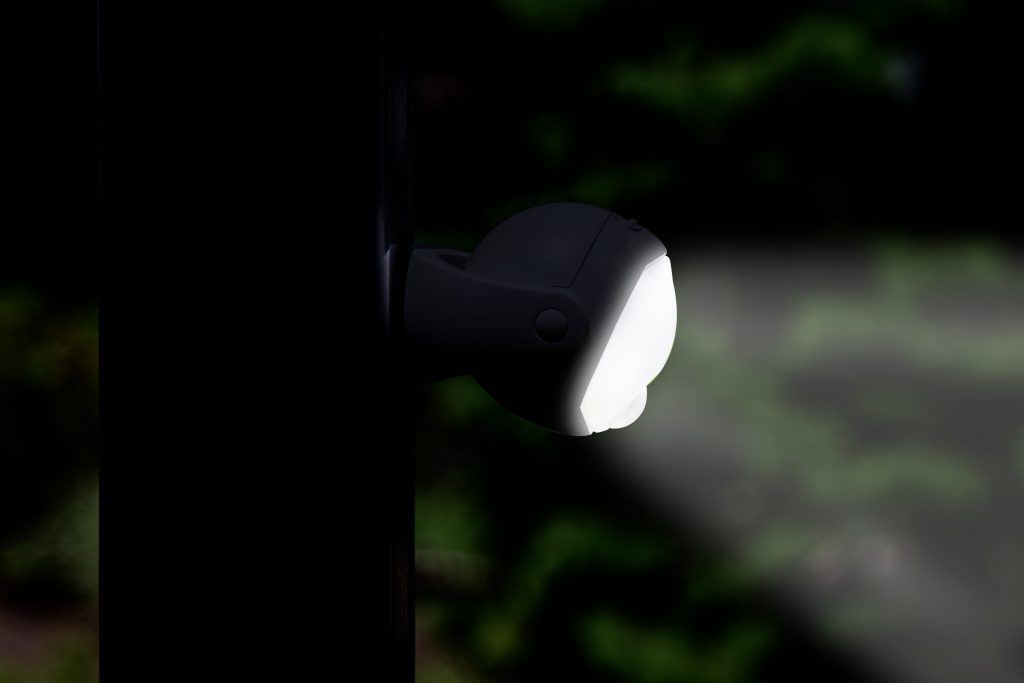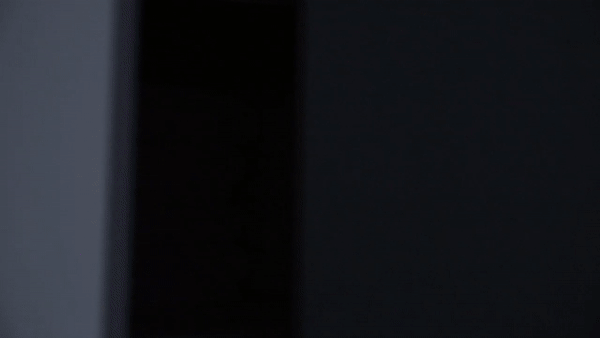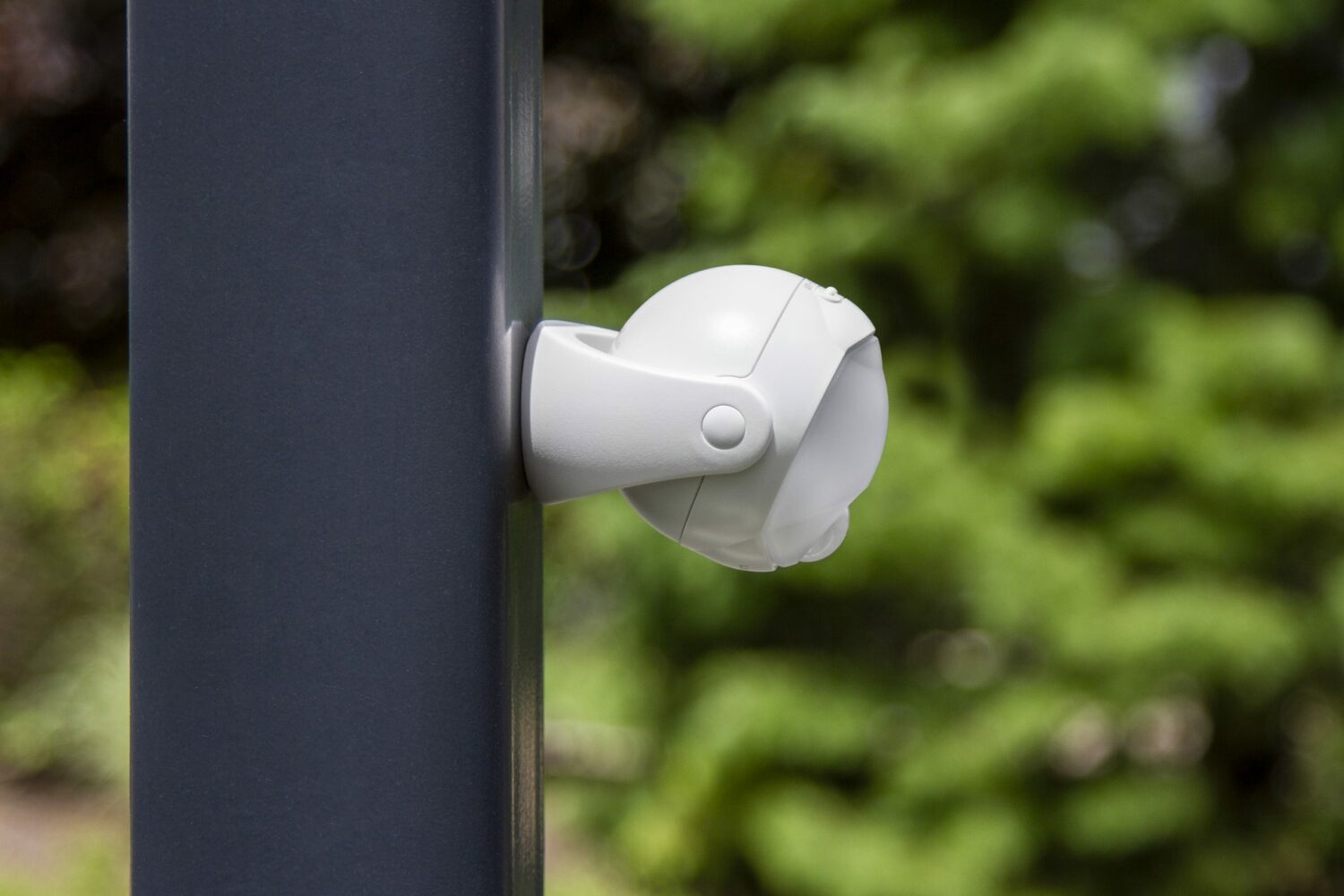As technology grows more elegant and inconspicuous, it seems as if an increasing number of families and businesses are investing in motion sensor lighting systems. In addition, the quest to do more with less has extended to security systems. Where gadgets such as motion sensor lights offer high levels of protection. These occupy less space and using less energy than traditional security systems. However, the technology is not novel. The detection of infrared radiation is the principal mechanism in a light sensor. Employ these in security devices and in-home lighting systems.
What Are Motion Light Sensors?

It is an electrical device that detects nearby motion using a sensor. Often, such a device is a component of a system that executes a job automatically or notifies a user to move in a particular region. Thus, they are an integral part of security, automatic lighting control, home automation, energy efficiency, and various other beneficial systems.
Active electronic motion detectors comprises of an acoustic, microwave, or optical sensor and a transmitter. On the other hand, a passive has merely a sensor and detects the signature of a moving object through emission or reflection. The electronics analyze changes in the optical, microwave, or acoustic environment close to the device using many approaches.
The majority of low-cost motion detectors can detect motion up to roughly 15 feet away (4.6 m). While more costly, specialized devices provide enhanced sensitivity or much greater ranges. In addition, because the radio waves detected by tomographic motion detection systems are at frequencies that penetrate most walls and barriers, they may cover a significantly broader area.
What are the Uses of Motion Sensors
Commercial applications have seen a significant increase in the usage of motion detectors. Use Automatic door openers in companies and public buildings. Additionally, use motion sensors in actual occupancy sensors to activate street lights or interior lights in passageways such as lobbies and stairs. Save Energy in such intelligent lighting systems! As by merely running the lights for a timer period, during which the individual has presumably left the area. A motion detector is one of the sensors on a burglar alarm that alerts the homeowner or security provider when it senses the movement of an intruder. Additionally, such a detector may activate a security camera to capture the alleged incident.
Numerous sizes and forms are now available on the market. Previously, they needed a continuous source of energy and were fixed in one location other than rotation. However, portables are now accessible via GetOwlHome. In compact sizes with additional features and a rechargeable battery. You may install them anywhere you wish.
Why Do I Need Motion Sensors?

Cover your whole property with motion sensors. You can scare anyone by the activation of your floodlights. Place these far away from your building. So, inform the police beforehand, if you have an expansive yard.
Expensive-powered lights left on all night use a lot of energy and result in high electricity bills for you and your family. However, when conventional floodlights are continuously on, they generate many lumens, making them very bright and energy-intensive. These may annoy your neighbors if left on continually at night.
Outdoor motion sensor lights gets activated only when they are triggered. By incorporating a motion sensor into your floodlights, you pay for just the lumens you need in an emergency or when you wish to utilize them.
Solar-powered lights do not provide enough brightness to frighten away an intruder. Additionally, they will not work all night. To resolve your issue, you will need a motion detector or motion sensor. Use these in combination with your existing light fixture.
How do Motion Light Sensors work?
The technique by which a light motion sensor detects and responds to motion is dependent on the presence of a passive infrared detector (PID or PIR). The term “passive” refers to a sensor that does not emit infrared light but instead receives it—a PID detects the infrared energy (light) produced by an object, such as a human. The temperature difference observed by the PID is the primary factor in initiating a reaction.
A PID motion sensor generally consists of a printed circuit board with a pyroelectric sensor chip enclosed inside a mounting framework and positioned in an open area. The printed circuit board acts as a decoding device, interpreting the signals received by the pyroelectric chip. The chip is temperature-sensitive, and when the quantity of infrared reaches a certain level, the pyroelectric chip emits a signal, triggering a light or an alarm.
These Work in All Climatic Conditions
To allow infrared light to reach the chip sensor, a tiny window is included in the mounting structure, exposing the sensor directly to the selected, monitored region. When a person enters a specific location, the sensor detects the change in infrared caused by their body temperature via the tiny window. The glass is transparent to infrared light, so it does not interfere with transmissions, but it does assist protect the device from dust and bugs, which might cause an incorrect response.
To further eliminate misleading answers, caution should be used while picking an installation location. For example, avoiding contact with air vents, such as HVAC vents, may prevent the sensor from being activated by temperature variations.
Lumenology is a light motion sensor that is considered the best in the market. It is best for both security and decorative purposes.
Outdoor Vs. Indoor motion sensor lights
Indoor motion sensor lighting is convenient. When you get home, you won’t have to worry about locating the light switch in the dark since they will automatically turn on the lights. Generally, these lights are less brilliant than their outside counterparts. However, they do have certain negatives, such as automatically shutting off while the room still needs illumination.
Outdoor motion detector lights are generally used to increase your home’s security. A strong-motion detector light will not only warn you to someone or anything outside, but it may also frighten away the culprit. The disadvantage of outdoor models is that they may sometimes be activated by animals, which means you may have false alarms if you live in a location with a large volume of foot traffic or more wildlife.
What to consider when purchasing motion sensor lights
Security lights are not all made equal. Before making a purchase, it’s critical to assess your security requirements. What to look for when determining which motion sensor light is suitable for your house
Luminance
If you’re searching for a motion sensor light bulb that will illuminate a broader area, search for one that has a higher brightness rating. The higher the lumen count of a light bulb, the brighter it is. So for front door lights, for example, you may choose a lower lumen count than you would if you intended to illuminate the whole yard.
Power source
While battery-powered lights are the simplest to install, they may not be appropriate for those prone to forgetting to charge the battery. Solar security lights may solve that issue since solar energy powers them. Solar, on the other hand, is not perfect for places with insufficient sunshine. Hardwired systems are the most difficult to install, but they eliminate the need for batteries or sunlight.
Type of light
The majority of security lights are made of LEDs. Thus, these are very brilliant and energy-efficient. There are several incandescent lights on the market, but they may grow rather hot when used often.
Range
If you want the motion sensor lights to activate at the entryway, you may choose a light with a few-foot sensor range. This manner, the lights will not be activated for pedestrians strolling near the roadway or on a nearby sidewalk. However, if you want to deter prospective criminals in a bigger home, investing in a device with a broader range would benefit your security more. Determine your target range by measuring your space.
Applications for Motion Sensor Lighting Systems
When motion is detected, a motion sensor light responds. They may be used both insides, on walls, ceilings, entrances, and outside, on the exteriors of buildings and dwellings. Certain types of motion sensor lights referred to as occupancy sensors. These work by shutting off lights in vacant rooms and areas. The sensor activates the light when motion is detected; when motion is no longer detected, the sensor turns off the light. Occupancy sensors are a low-maintenance way to reduce power bill expenses.
While occupancy sensors may be programmed and altered to the user’s specifications, how can you change motion sensor lights? Typically, motion sensor light control comes in two flavors: sensitivity and time delay. The user may modify the sensor’s sensitivity by adjusting the amount of motion required to activate it. For example, if correctly configured, a human stepping into a room equipped with a motion sensor should trigger the sensor, but a fly flying past should not result in the motion lights going on. A time delay option enables the user to choose how long the lights should stay when the sensor detects no other motion.
Use Motion light sensors externally on the exteriors of houses and buildings. These sound an alarm or switch on an exterior light to signal the presence of a person.
Not only lights, but there are some other types of motion sensors as well.
Different Types of Motion Detectors
Dual-technology motion detectors
Numerous current motion detectors combine many technologies. While incorporating various sensing technologies into a single detector might assist in minimizing false triggers, it comes at the cost of decreased detection probability and higher susceptibility. For instance, some dual-tech sensors include both a PIR and a microwave sensor into a single instrument.
As a result, both sensors must trip simultaneously to detect motion. This reduces the likelihood of a false alarm since variations in temperature and light may trigger the PIR but not the microwave. For example, shifting tree branches may activate the microwave but not the PIR. However, if an intruder successfully fools either the PIR or microwave sensor, the sensor will not detect them.
Often, use PIR technology in conjunction with another model to improve accuracy and minimize energy use. PIR detection consumes less energy than emissive microwave detection. This is why many sensors calibrate when a PIR sensor is triggered, this activates a microwave sensor. If the latter also detects an intruder, this triggers the alarm.
Gesture detector
With machine learning algorithms, photodetectors and infrared illumination components may assist digital displays in detecting hand movements and gestures.
Video camera software
With the development of low-cost digital cameras capable of recording video, it is feasible to utilize the camera’s output to detect motion inside its field of vision using the software. This technique is especially appealing when recording video triggered by motion detection since it requires no additional hardware beyond the camera and computer. However, because the seen field may be lighted regularly, this is considered another passive technology. It may, however, be used in conjunction with near-infrared lighting to detect motion in the dark, that is, with lighting at a wavelength invisible to the naked eye.
Tomographic motion detector
These devices detect disruptions in radio waves as they travel through a mesh network’s nodes. They can detect totally over broad regions because of their capacity to feel through walls and other impediments. Implement RF tomographic motion detection systems using specific hardware, wireless-capable devices, or a mix of the two. After getting a software update, other wireless-capable devices may participate as nodes in the mesh.
Ultrasonic
An ultrasonic transducer generates an ultrasonic wave (sound with a frequency more significant than the human ear can perceive). It detects reflections from adjacent objects. As with Doppler radar, heterodyne detection of the received field shows movement. The Doppler shift is also detectable at low audio frequencies (for walking speeds). The ultrasonic wavelength of roughly a centimeter is comparable to the wavelengths utilized in microwave motion detectors.
]One disadvantage of ultrasonic sensors is that they are sensitive to motion in locations where coverage is not wanted. For example, owing to sound wave reflections around corners. Such broad coverage may benefit lighting control applications when the objective is to identify any occupants in an area. However, when it comes to opening an automated door, a sensor that is selective to traffic in approaching the entrance is ideal.
Microwave
These are similar to radar speed guns in that they detect motion using the Doppler radar technique. This generates a continuous wave of microwave radiation. This phase changes in reflected microwaves caused by an object moving toward (or away from) the receiver. It produces a heterodyne signal with a low audio frequency.
Passive infrared (PIR)
In contrast to ambient items at room temperature, PIR or Passive Infrared sensors are sensitive to a person’s skin temperature through emitted black-body radiation at mid-infrared wavelengths. The sensor emits no energy, thus the term passive infrared. This separates it from other types of motion detectors, such as the electric eye. A person or vehicle interrupts a visible or infrared beam. These gadgets use infrared radiation to identify objects, people, and animals.
How To Install A New Motion Sensor Light?
Although there are dozens of configurations for outdoor motion sensor light. They always connect to the wall box and wire in the same manner. Indeed, LED lights are often more straightforward to install than standard interior light fixtures.
The majority of fixtures have a bracket. Connect the light to the bracket. This allows for some modification to make the fixture vertical and to accommodate boxes of various sizes. Before starting, read and comprehend the installation instructions for your light. Since some lights may need minor assembly, and mounting brackets vary somewhat.
It is impossible to change the bulb in the fixture. As was put in before attaching the light while the fixture was still on the table. Consider doing so if it looks that installing a new light bulb will be difficult later; However, this is always feasible, and it is often more straightforward if you can spin and twist the fixture while inserting your hand into a hole that is too tiny for it and screwing in the bulb.
Attach any brackets that your lamp requires. They should have screws, but if not, the box can take 8/32 machine screws. In most cases use #8 or #10 sheet metal screws strip screw holes. At this stage, it will be beneficial to work the wires out from behind the bracket. Fold the wires back behind the bracket for light installation.
So, rather you are close to Installing a Motion Light!
Use Wire nuts to splice the wires together. Although this is not mandatory. Connect all black wires together and splice up all-white wires. In certain circumstances, splice up multiple colored wires together in the box. These connect to the light but instead to the switch. There should be at least one black and one white wire connecting to the light fixture.
If the light has a ground wire (without insulation or green color), it will splice to the ground wire in the box; if the light does not have a ground wire, it will connect to a screw on the bracket. You can use any method. However, ground the fixture, if the box has ground wire.
Attach the fixture following the manufacturer’s directions and replace any required light bulbs. While it may be tempting to install a CFL light. This is unlikely to be a wise option unless the bulb is qualified for low temperatures. These bulbs often fail to function correctly when the outside temperature drops to around freezing. Furthermore, energy savings would be negligible in any case. As the new fixture switches on for just a few minutes each day rather than all night.
Switch on the electricity and the light. While the light is unlikely to turn on (it is, after all, sunlight while you work! ), most lights feature a “test” switch that will turn them on regardless of motion or daylight. Assemble the light and reset the test switch to an available position; once again, most lights offer a range of options for how long the light will remain on after sensing motion. Adjust motion detector’s sensitivity and prevent the light from turning on when it senses passing motor traffic or small animals.
The Final Step
Finally, you may want to consider purchasing an LED bulb for your new light. Unlike CFLs, they will work in the cold (since most motion sensor lights are located outside). This will save a significant amount of energy compared to traditional incandescent bulbs. In addition, these bulbs’ prices have decreased significantly, making them a practical choice.
Greetings! You’ve successfully installed a motion sensor light without the assistance of an electrician for an easy 15-minute project. Doesn’t it feel nice to tackle a home repair job on your own?
Conclusion
Without motion sensors, we would be unable to detect invaders. Additionally, employ them in a variety of various locations and for a variety of reasons. Therefore, taking the effort to install one or more in your home or workplace strategically. It will offer you peace of mind about security and help you save money on energy bills.

